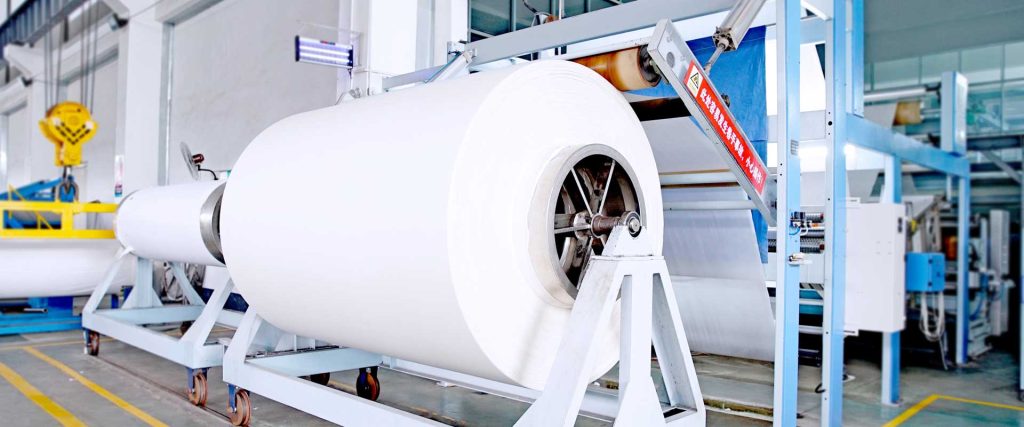About fabric, it is an artificial material developed in ancient times and still has numerous uses. Generally, there are three ways to manufacture fabrics:; Knitting, knitting and nonwovens. Among these processes, nonwovens are the latest fabric manufacturing process. As senior insiders for nonwoven fabric manufacturing, we have many years of practical experience to purchase perfect textiles for the project according to the needs of customers. As well known fabrics are made in a way that contributes to their use. Meanwhile, the main difference between fabrics is whether they are woven or non-wovens. Let’s discuss about woven and non-woven fabrics below.
Tell You What Difference between non-woven and wovens
Non-woven fabrics
Nonwoven fabric is a type of textile fabric or a manufactured sheet made of fiber layers, which can be a carding fiber mesh, fiber mesh or any system of fibers or threads laid or oriented arbitrarily, and may be combined with textile or non-woven materials (such as conventional woven fabric, plastic film, foam layer, metal foil, etc.). In addition, it is also a textile product with mechanical or chemical combination.
About woven fabrics
Woven fabric is the more traditional of these two fabrics. Woven fabrics are formed by weaving many threads vertically together. The thread that passes through the fabric vertically is the warp thread, and the weft thread is the thread that passes through the fabric horizontally. In short, the latitude is the horizontal line, and the combination of longitude is the basis. When knitting, you only need to alternate between warp and weft. The knitting process is best to stretch the warp on the loom. The strength of woven fabrics depends on the type of thread or yarn used, and it can be made of many different fibers, which makes woven fabrics very versatile. Most clothing fabrics are woven, including shirts, pants, and even denim.
Distinguish the nonwoven fabric and wovens
Although in some cases, non-woven fabrics may be stronger than woven fabrics, the durability of non-woven fabrics depends entirely on their manufacturing methods.
For example, disposable plastic bags and surgical clothes are examples of non-woven materials, but it is obvious which needs to be stronger. If you are designing a product, it is important to weigh the functions of the product to determine what type of fabric you need.
Woven and non-wovens are umbrella categories of different types of fabrics, including nylon, denim, cotton, polyester, etc. Deciding whether to use woven or non-woven is a good place to start the fabric decision-making process.

Manufacturing Technology For Nonwovens
The nonwovens manufacturing technology is basically a continuous process, in which the fiber mesh laying and fiber mesh bonding are carried out by two continuous machines. Generally speaking, the forming process of nonwoven fabrics includes two basic steps, namely, forming a net first and then bonding.
First method
The formation of fiber web in nonwoven production is a key factor in the performance of end-use products. There are three basic ways to form a web: dry paving; Wet paving; And lay the polymer.
Second method
The latter is classified as spinning web and melt-blown web, which is especially suitable for synthetic polymers. There are three basic types of bonding: chemical bonding, thermal bonding and mechanical bonding.
Third method
The natural fiber mesh can be successfully bonded by mechanical process without any additives. Chemical or thermal bonding requires additional adhesive polymers or synthetic fibers.